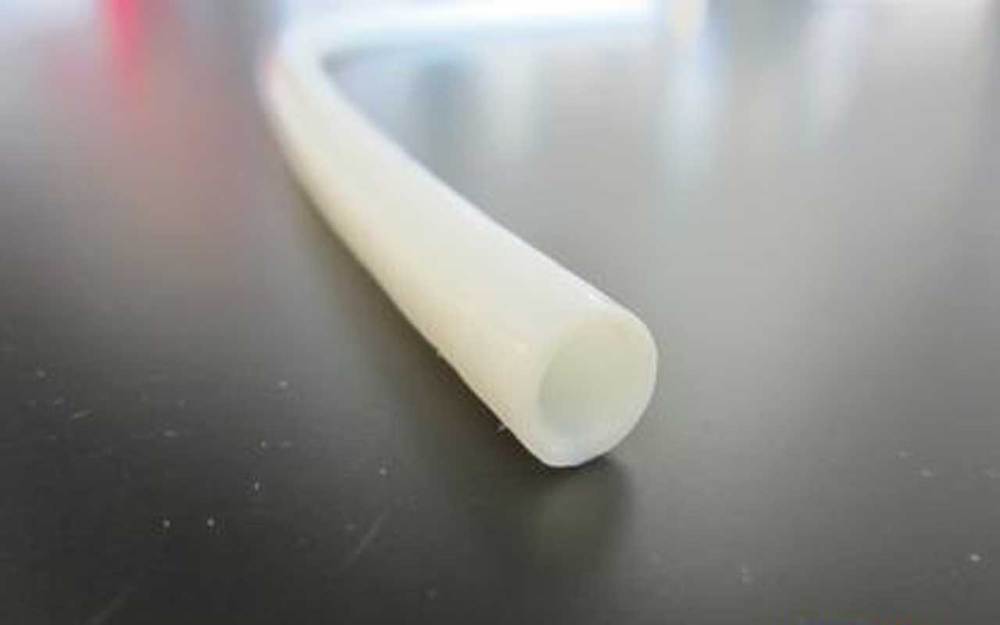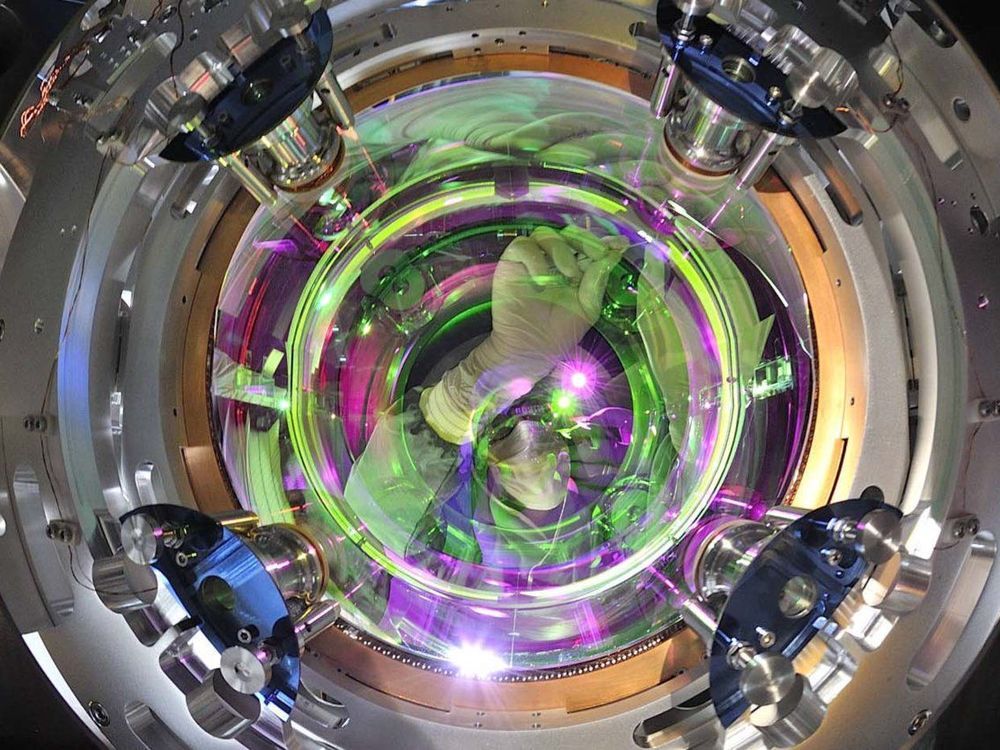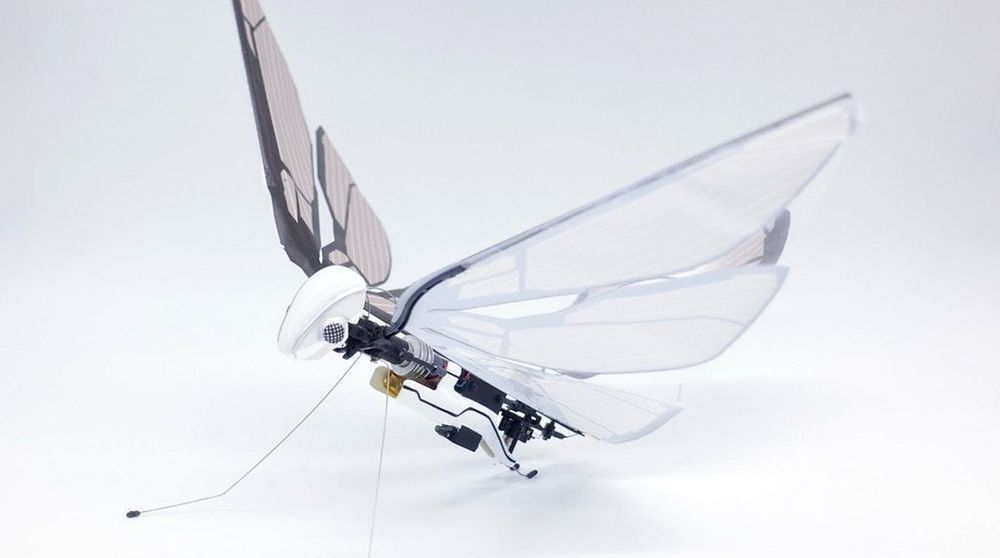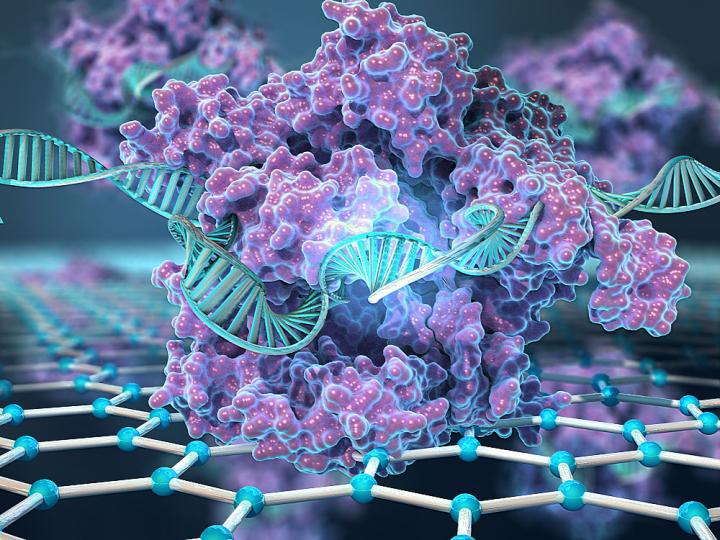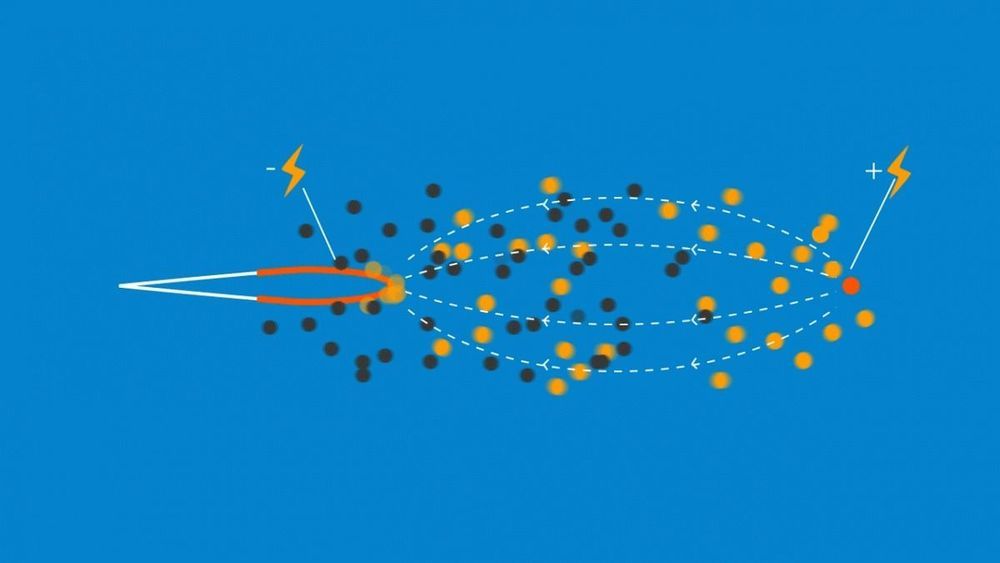Arthritis is usually painful. So is the surgery to fix it, at least in the immediate aftermath. So when a 66-year old woman at Raigmore Hospital in Inverness, Scotland, told doctors that her severely arthritic hand felt fine both before and after her operation, they were suspicious. The joint of her thumb was so severely deteriorated that she could hardly use it—how could that not hurt?
So they sent her to see teams specializing in pain genetics at University College London and the University of Oxford. Those researchers took DNA samples from both her and some of her family members and uncovered her secret: a tiny mutation in a newly-discovered gene. They recently published their results in the British Journal of Anaesthesia.
This minuscule deletion is inside something called a pseudogene, which is a partial copy of a fully functioning gene inserted elsewhere in the genome. Pseudogenes don’t always have a function—sometimes they’re just junk DNA—but some of them have residual functionality leftover from the original gene’s purpose.
